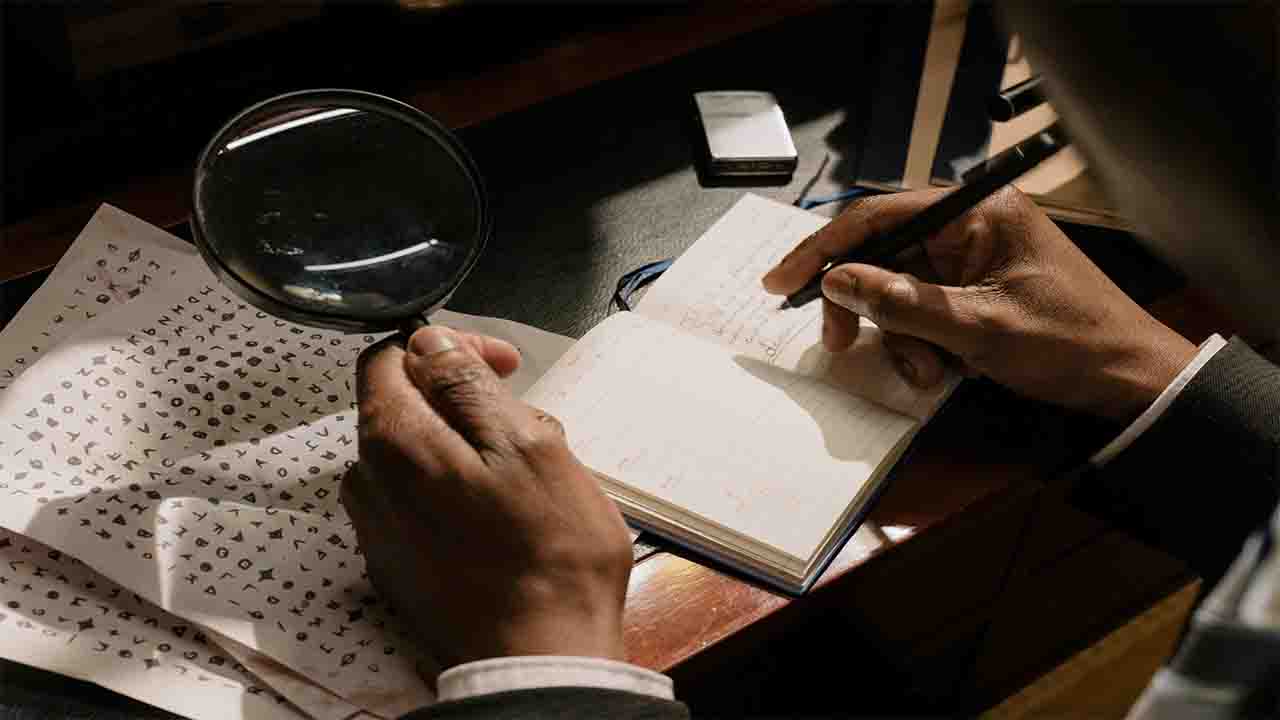Science & Technology (Commonwealth Union) – Encrypted message technology has been an integral part of human history for centuries. From ancient times to the modern era, the need to communicate securely and confidentially has driven the development and evolution of encryption techniques. When exploring the origin and history of encrypted message technology, the role of key milestones and figures have been noted as key to its development.
The Ancient Origins of Encryption
The concept of encrypted message technology can be traced back to ancient times, when people sought ways to protect their communications from prying eyes. One of the earliest known instances of encryption comes from the ancient Egyptians, who used hieroglyphics to encode and decode messages. The ancient Greeks also developed their own methods of encryption. One notable example is the Scytale, a device used by the Spartans for secret communication. The Scytale consisted of a cylinder around which a strip of parchment was wrapped. Messages were then written onto the parchment along the length of the cylinder. When the parchment was unwrapped, the message appeared as a jumble of letters, rendering it unreadable without the Scytale device.
The Middle Ages and the Development of Cryptography
During the Middle Ages, cryptography continued to evolve as a means of secure communication. The development of the cipher, a method of substituting one letter or symbol for another, marked a significant advancement in encryption technology. The Caesar Cipher, attributed to the Roman emperor Julius Caesar, is one of the earliest known examples of a cipher. In this method, each letter of the alphabet is shifted a certain number of places to create a new, secret message.
The Renaissance and the Rise of Modern Cryptography
The Renaissance period saw the emergence of more sophisticated encryption techniques. Leon Battista Alberti, an Italian polymath, is credited with inventing the polyalphabetic cipher, which uses multiple substitution alphabets to encode messages. This advancement greatly increased the complexity and security of encrypted communication. During the 15th and 16th centuries, cryptography became an essential tool for diplomats, spies, and military commanders seeking to protect their communications from interception and decryption by enemy forces. In the 15th century the Voynich Manuscript, a mysterious text containing complex illustrations and encrypted text, was created, further demonstrating the importance of secure communication in this era.
The Modern Era and the Birth of Digital Encryption
The 20th century saw the birth of modern encryption techniques, driven by the rapid advancements in technology and the growing need for secure communication in an increasingly interconnected world. The development of the Enigma machine by the German engineer Arthur Scherbius during World War I was a significant milestone in the history of encryption. The Enigma machine used a complex system of rotors and plugboards to encrypt and decrypt messages, making it virtually unbreakable for its time. During World War II, the race to crack the Enigma code became a top priority for Allied forces. British mathematician and computer scientist Alan Turing played a crucial role in breaking the Enigma code, using early computers to decipher encrypted messages. This breakthrough provided the Allies with valuable intelligence and is considered a turning point in the war effort. The post-war era saw the emergence of public-key cryptography, a revolutionary encryption technique that allows secure communication without the need for a shared secret key. Invented by Whitfield Diffie and Martin Hellman in the 1970s, public-key cryptography laid the foundation for modern encryption technology, including the development of secure internet communication protocols such as SSL (Secure Sockets Layer) and TLS (Transport Layer Security).
Encrypted Message Technology Today
Today, encrypted message technology is more advanced and widespread than ever before. From secure messaging apps like Signal and Telegram to encrypted secure and safe email services like ProtonMail, individuals and organizations can now communicate securely and privately with ease. Advancements in cryptography continue to shape the future of encrypted message technology. Quantum cryptography, for example, promises to provide unbreakable encryption by utilizing the principles of quantum mechanics. As technology continues to evolve, so too will the methods and techniques utilized to safeguard our communications from prying eyes.
The history of encrypted message technology is a testament to human ingenuity and the enduring need for secure communication. From ancient Egypt to the digital age, people have sought to protect their messages from interception and decryption, driving the development of increasingly sophisticated encryption techniques. As we look to the future, it is clear that the evolution of encrypted message technology will continue to play a vital role in our increasingly interconnected world.








